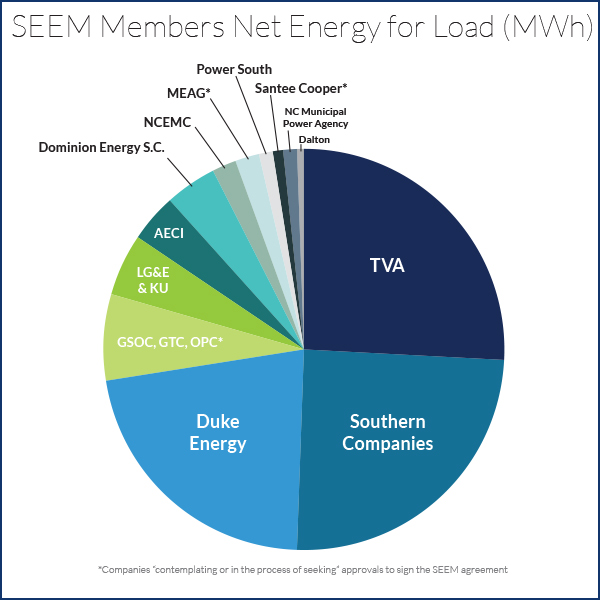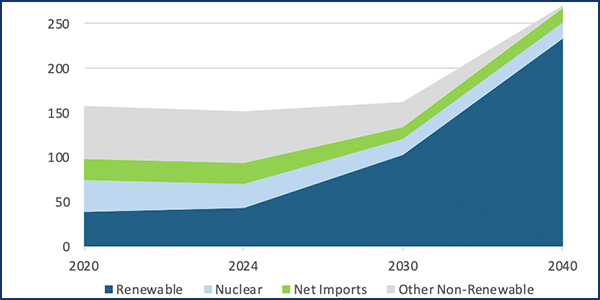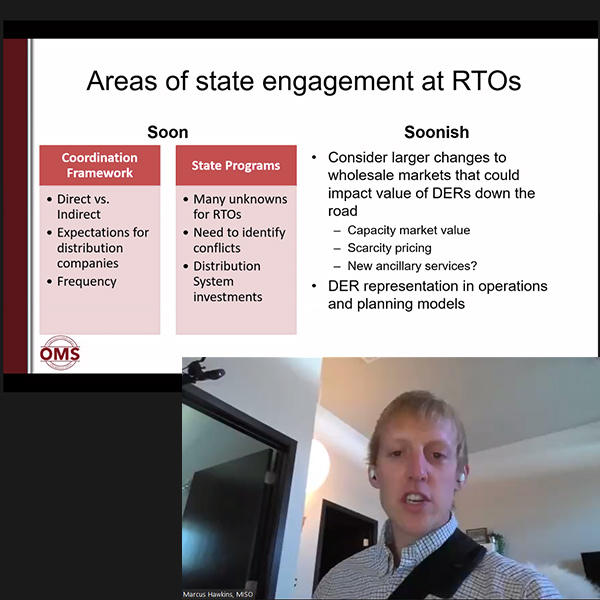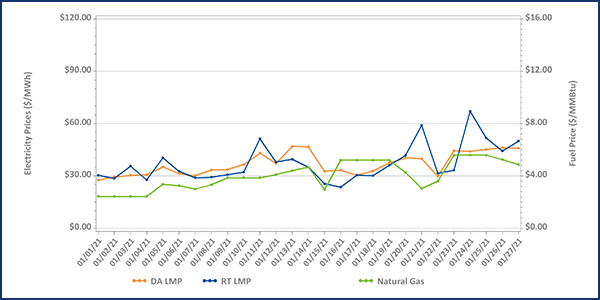Energy Market
The NEPOOL Participants Committee’s first working session on the “Pathways to the Future Grid” effort featured ISO-NE’s proposed work on market frameworks.
CAISO issued a draft final proposal for its summer readiness market enhancements initiative just three weeks after presenting a straw proposal.
MISO said its members collectively saved about $3.5 billion in 2020 for choosing RTO membership over going it alone on the grid.
SPP joined ERCOT in initiating rolling blackouts Monday as the entire Midwest experiences an unprecedented winter storm.
ERCOT staff’s work on summer reserve margins has drawn the attention of NERC executives, CEO Bill Magness told the Board of Directors.
Utilities and co-ops in 11 Southeastern states asked FERC for permission to expand bilateral trading in the region and allow 15-minute energy transactions.
NYISO proposed a three-tier approach for working on projects in its Grid in Transition initiative and how to measure their effects.
FERC’s directive to open wholesale markets to aggregations of DERs is forcing states to consider more holistic system planning.
The NEPOOL Participants Committee discussed compensation for officers, ISO-NE's energy market and extended FERC deadlines at its last meeting.
MISO said it is seeking ways to help slow-starting units make more informed decisions but won’t plunge into developing a financially binding forward market.
Want more? Advanced Search










